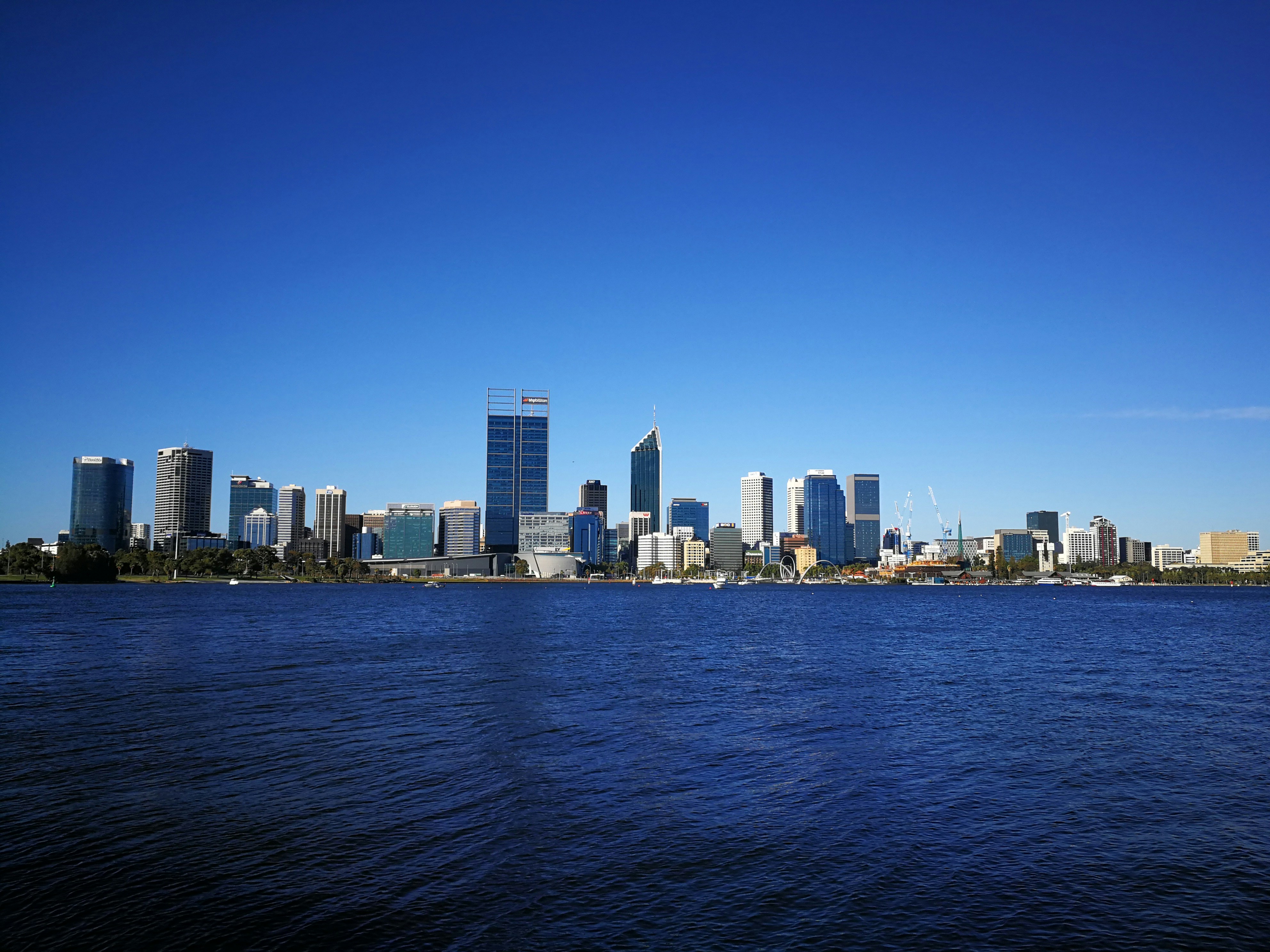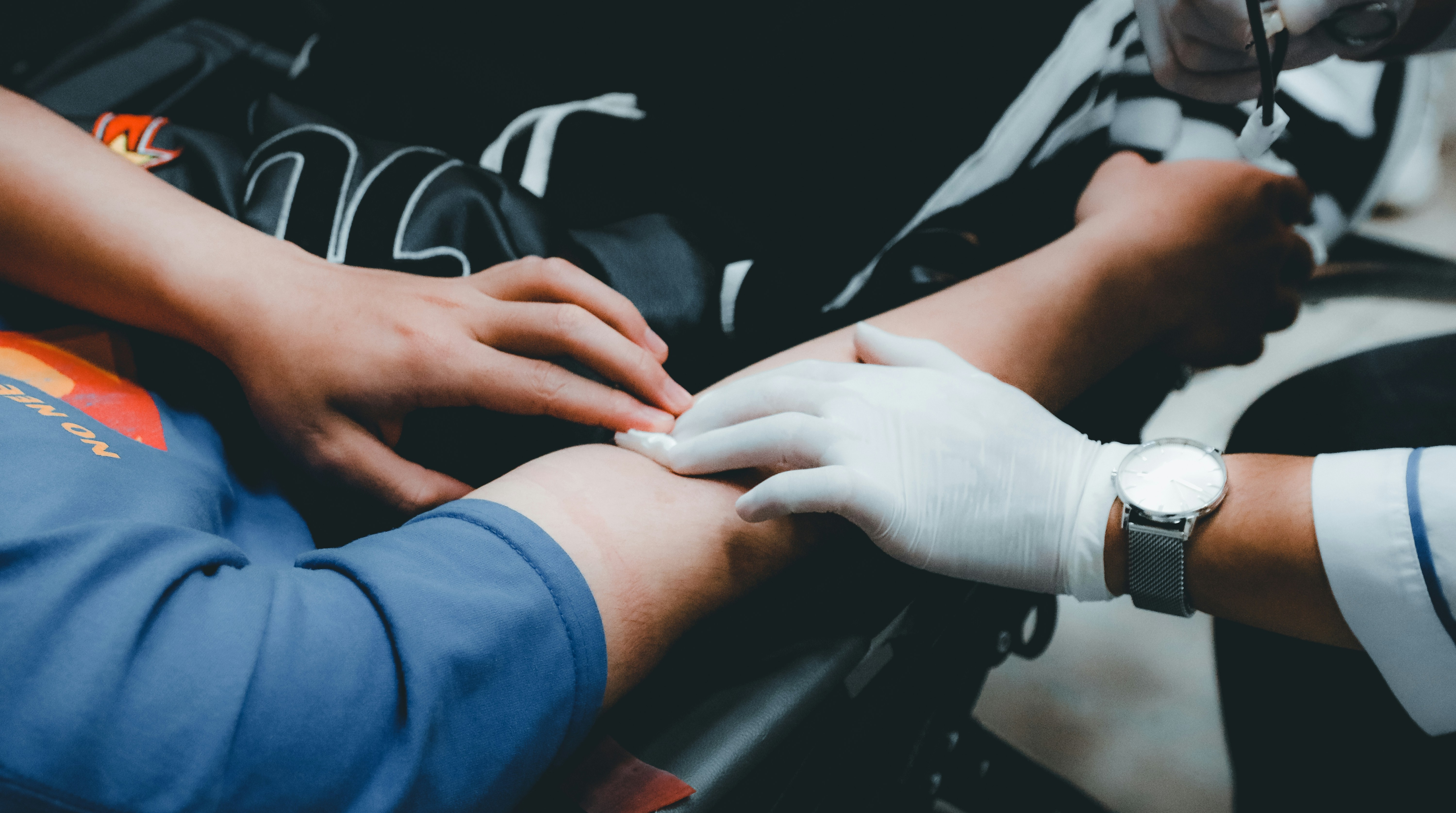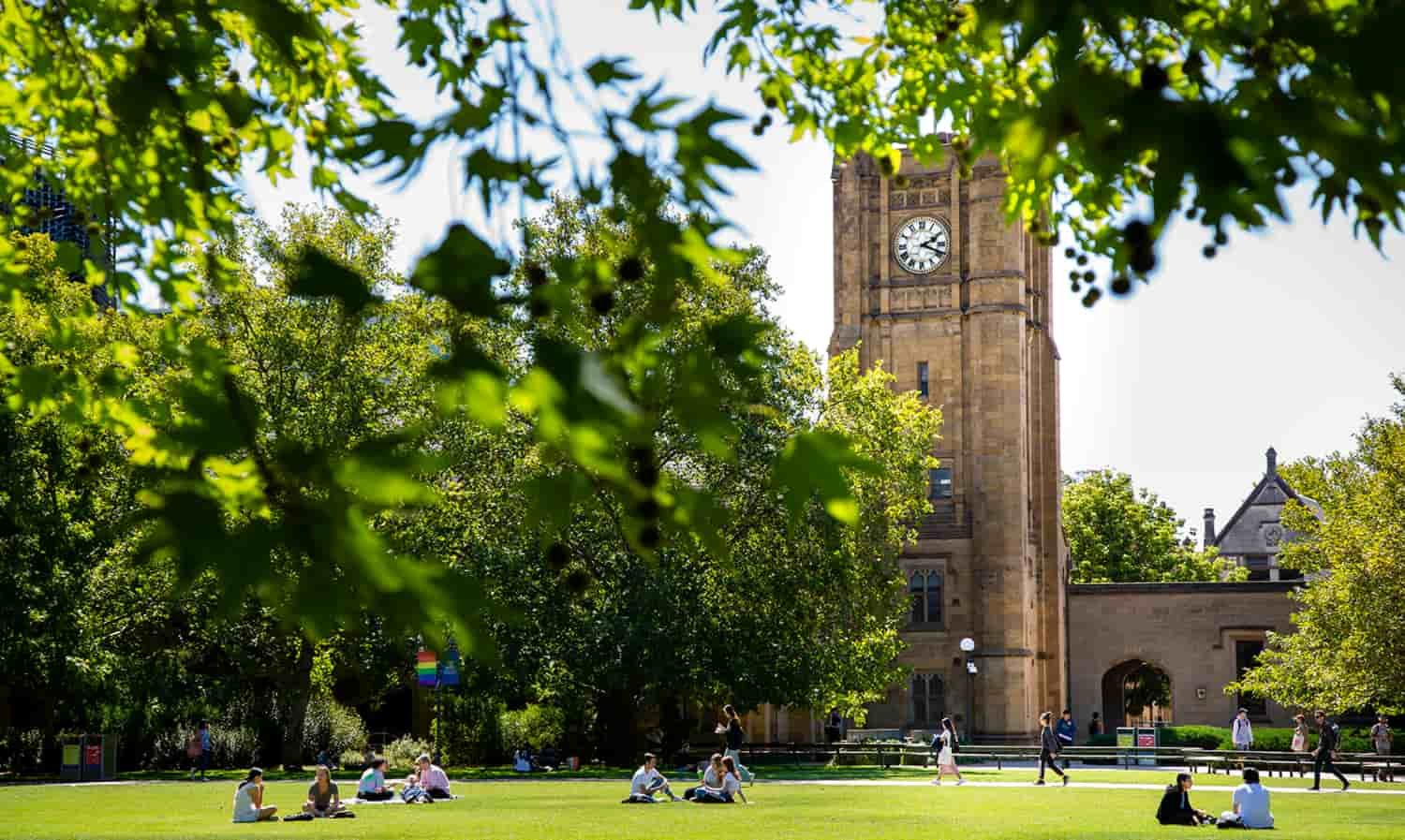A Step-By-Step Guide To Obtaining Australian Permanent Residency For Malaysians
It's a long process, but those who have gone through it have no regrets.
Last year, 4,890 Malaysians migrated to Australia, citing a better standard of living, more economic opportunity, and political stability as key reasons
Obtaining Australian PR is a long and arduous process, but those who have achieved it have no regrets. The process is very systematic and outlined very clearly on the Australia Department of Home Affairs website.
That being said, it's not easy. Follow this detailed guide to navigate your application successfully.
Types of visas available in Australia:
Australia offers a variety of visas for Malaysians, catering to different purposes such as tourism, work, study, and permanent residency.
For those looking to make a permanent move, here are the visas to look out for.
1. Work visas:
Skilled Independent Visa (subclass 189): Points-tested visa for skilled workers not sponsored by an employer or family member.
Skilled Nominated Visa (subclass 190): State or territory-sponsored visa for skilled workers nominated by a state or territory government.
2. Temporary work visas:
Temporary Skill Shortage Visa (subclass 482): For skilled workers nominated by an approved employer to fill positions not filled by the local labour market.
Work and Holiday Visa (subclass 462): Allows Malaysian citizens aged 18-30 to work and holiday in Australia for up to 12 months.
3. Permanent Residency Visas:
Skilled Independent Visa (subclass 189): Points-tested visa for skilled workers not sponsored by an employer or family member.
Skilled Nominated Visa (subclass 190): State or territory-sponsored visa for skilled workers nominated by a state or territory government.
Important Note:
Visa availability, requirements, and conditions may change. Always check the official website of the Australian Department of Home Affairs for the most up-to-date information before applying.
1. Check your eligibility
Understanding the different visa subclasses leading to PR, such as Skilled Migration, Family Reunion, or Employer-Sponsored, is crucial. For Malaysians to be eligible for PR, basic requirements include:
- Educational Qualifications: A recognised qualification relevant to the selected visa subclass
- Work Experience: Relevant work experience in the nominated occupation
- Age: Some visa subclasses have age restrictions, typically under 45 years
- English Language Proficiency: Achieve the required scores in an approved English language test
2. Have your skills assessed
If your occupation is on the Medium and Long-term Strategic Skills List (MLTSSL), you may be eligible to migrate to Australia permanently.
For skilled migration, Malaysians must undergo a skills assessment through the relevant assessing authority. This validates that your qualifications and work experience meet Australian standards.
From architecture and medicine, to education and computer science, find the appropriate assessing authority for your occupation here.
3. Pass an English language proficiency test
Malaysian applicants need to undertake an English language proficiency test, such as IELTS or PTE Academic, as a prerequisite for many visa subclasses. You will need to achieve the required scores specified by the Australian Department of Home Affairs.
Learn more about language requirements here.
4. Complete a health and character check
Malaysian applicants must undergo a health examination by a designated panel physician. Additionally, you'll have to provide police clearance certificates from all countries where you have lived for more than 12 months in the last 10 years.
Here's how to fill up your Health Declarations form, along with additional information on the character requirements needed for visas.
5. Submit an Expression of Interest (EOI)
Using the SkillSelect system, you'll have to submit an EOI. This includes details about your skills, qualifications, and other relevant information. Your EOI will be visible to Australian employers and state/territory governments looking to sponsor skilled workers.
When you're ready, set up an account on the Department of Home Affair's website called ImmiAccount to submit your EOI.
6. Receive an Invitation to Apply (ITA)
If your EOI is successful, you may receive an Invitation to Apply for a visa. Ensure you respond promptly, as the ITA has a limited validity period.
Stay updated on the latest information regarding invitations on the SkillSelect Invitation Round page.
7. Lodge a visa application
Complete the visa application form accurately and truthfully. Attach all required documents, including proof of skills assessment, English language proficiency, and other supporting evidence.
8. Receive a visa grant
After lodging your application, be patient. Visa processing times can vary. You may be asked for additional information during this period. Track the progress of your application through the Visa Entitlement Verification Online (VEVO) system.
Once your application is approved, you will receive a visa grant notification. Carefully read the conditions attached to your visa. Familiarise yourself with the obligations and conditions.
Once your visa is approved, then you can move on to the next phase, which is planning your relocation :)
The costs and fees to apply for Australian PR
It's essential to consider the financial aspects of the PR application process. Costs may include:
- Visa Application Fee: This varies depending on the visa subclass. A skilled worker visa is around AUD 4,640 (RM14,400). Check the current fees.
- Skills Assessment Fee: Charged by the assessing authority for verifying qualifications and experience.
- English Language Test Fee: Fees for tests like IELTS or PTE Academic.
- Health Examination Fee: The cost of medical examinations by panel physicians.
- Police Clearance Certificate Fee: Fees for obtaining police clearance certificates.
- Migration Agent Fees: If you choose to hire a migration agent for assistance, their fees will apply.
There are other paths you can consider if you want to move to Australia
Studying in Australia is one of the ways people have started their journey to PR. You can consider enrolling in a reputable Australian university for higher education, for either undergraduate or postgraduate courses.
Upon completing eligible courses, you can explore the Temporary Graduate visa (subclass 485), providing a pathway to gain work experience in Australia.
Be sure to choose a recognised course from the CRICOS registered institutions.
Upon graduation, the Temporary Graduate visa (subclass 485) allows you to stay and work in Australia. This post-study work experience enhances your chances of obtaining PR.
There are two streams you can select from here. The Graduate Work Stream is available for those with skills and qualifications related to an occupation on the Medium and Long-term Strategic Skills List (MLTSSL). While the Post-Study Work Stream is for graduates whose courses are in demand, offering a longer stay period.
Visit the Australian Department of Home Affairs website for more information.







